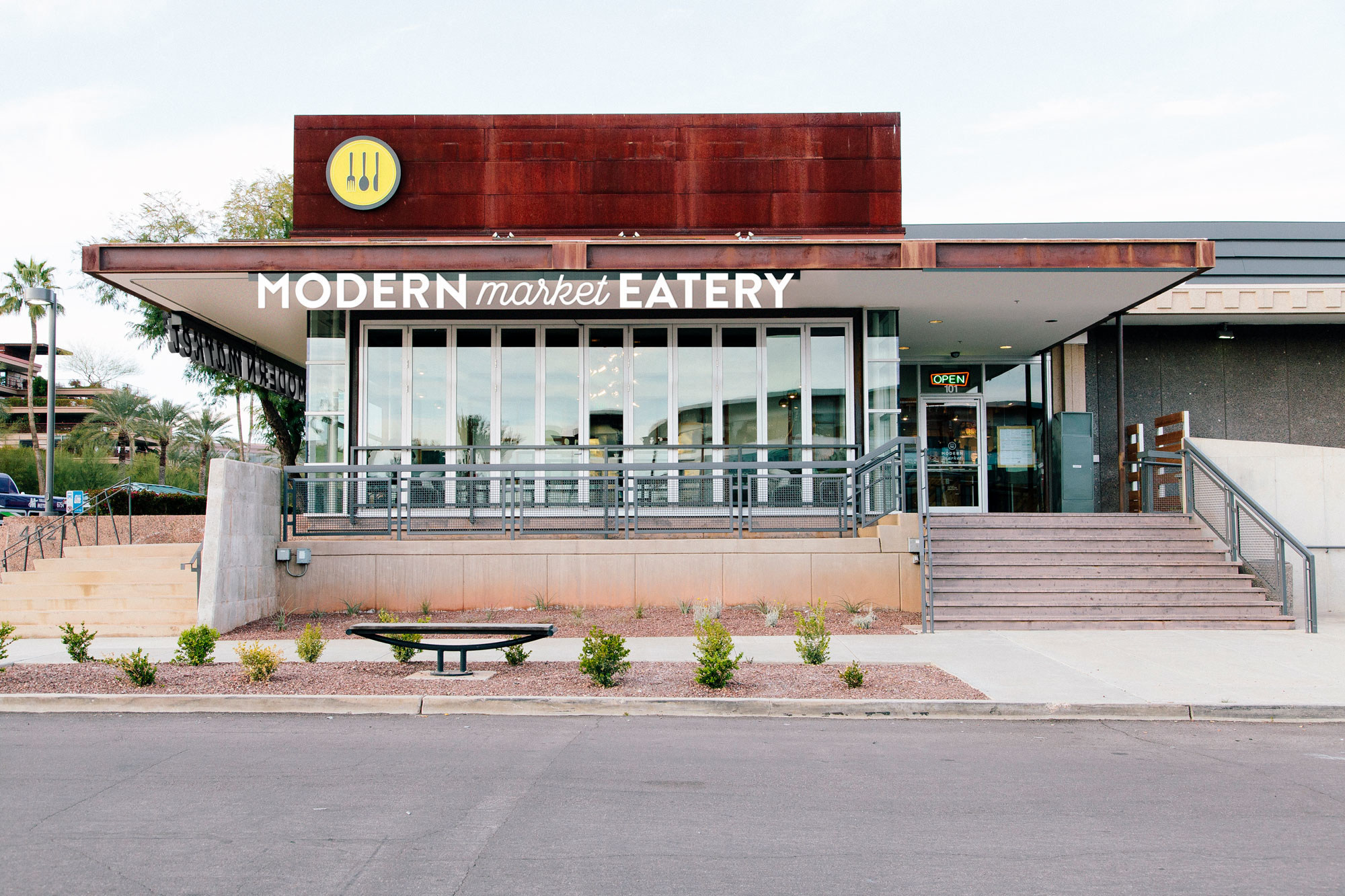Supply chain challenges in the restaurant industry are forcing operators to find new sources of supply, eliminate items from the menu, and are contributing to increased operating costs and labor pressures.
Shortages of paper-based packaging for takeout orders and other paper-based materials have been pervasive and are expected to last into next year, while imported specialty items face long delays because of port congestion and shortfalls in trucking capacity. In addition, while the restaurant industry is having difficulties finding and retaining workers, suppliers are having labor issues of their own, forcing many to cut back on production and eliminate some specialty products.
“It's just the amount of issues that both our suppliers and our distributors are having,” Brooke Charlesworth, vice president of supply chain at Modern Market Eatery, a 30-unit, health-focused fast-casual chain based in Denver, told SFA News Daily. “None of these issue are new; from time to time people have problems sourcing ingredients, and they have labor issues, but it's the fact that so many of our suppliers and our distributors are having the same issues at the same time.”
Mike Smith, chief operating officer of Taziki’s Mediterranean Cafe, based in Birmingham, Alabama, summarized the current supply chain challenges in a similar way.
“In my 20 years of doing this, I've never seen anything like it,” he said.
Both Smith and Charlesworth agreed that packaging materials for takeout and delivery orders have been perhaps one of the hardest-hit product categories.
These shortfalls have come as restaurants have experienced significant increases in demand for to-go orders. At Taziki’s, for example, takeout and delivery represented 40-50 percent of sales before the pandemic, but now it can be closer to 70% at some locations, and many other restaurants are experiencing a similar shift in their business models.
“Every supply partner is feeling that right now,” said Smith. “The mills are running four to 12 weeks behind producing paperboard.”
He said the shortages have disrupted the chain’s efforts to transition to more environmentally friendly packaging, an effort that had begun before COVID hit last year.
“All of those things go out the window when you're in survival mode, when you’ve just go to get something to put the food in for the customers,” he said.
Charlesworth of Modern Market Eatery said the company has also struggled with procurement of some packaging , such as pizza boxes. The chain has turned to alternate suppliers and substitutes for its standard items, he said. The company seeks to source some items from multiple suppliers to build a safety net into its procurement process, although as a relatively small company, that can be difficult, he said.
“It's not like I can have 12 suppliers for every item,” said Charlesworth. “But where we can, we like to have redundancy, and that’s a strategy we’ve used that's helped us weather this.”
Imports Face Challenges
In addition to packaging shortfalls, Taziki’s has also encountered steep price inflation on many of the products it imports for its Mediterranean menu, including olive oil and other oils, such as soybean and canola oil. In order to secure its supply in this uncertain environment, Taziki’s has tried to do more advance buying from its overseas suppliers, sometimes ordering six to 12 months of inventory at a time, instead of three.
“We just don't know when they're going to be able to get their next container or their next ship,” said Smith.
The company also continues to battle ocean freight challenges and domestic transportation issues with other key menu ingredients it imports, including pepperoncini, roasted peppers, Kalamata olives and other items.
Meanwhile, suppliers themselves are often seeking to produce products with a reduced labor force, which is impacting impact their ability to fulfill orders for their restaurant customers. Taziki’s lamb supplier, for example, previously had broken down the leg muscles before shipping them to the restaurants, but now ships what is essentially a frozen leg of lamb that the restaurants have to butcher themselves.
“It's a lot of labor for us that we've had to take on,” said Smith. “But as a Mediterranean concept, we can't really say, ‘Hey, we don't have lamb anymore.’”
Early in the pandemic, Taziki’s pared back its menu by eliminating about a third of the slowest-moving items, which has helped simplify procurement and eased pressure on labor (although franchisees can still open to offer a broader selection if they choose).
As a health-focused concept that offers a variety of premium specialty items and prides itself on its scratch-made products, Modern Market has been able to manage price inflation, although ingredient outages remain a problem, Charlesworth said.
“We feel like we can charge a little bit more to our guest because we have such high quality products,” he said.
In some cases, however, Modern Market has had to remove items from the menu if its suppliers have been unable to supply the specialty ingredients that the company promises its customers.
“Our vendors and the manufacturers in this country are having to make hard decisions too, and there's been a lot of SKU rationalization,” Charlesworth said.
Unfortunately, he said, some of the clean-ingredient products that Modern Market has worked with its suppliers to develop have been eliminated, and there are few substitutes readily available.
“We've had to go to making them in-house or try and find another option for them,” he said.
Charlesworth described the outlook for the year ahead as “bumpy,” with supply chain challenges expected to linger into at least the second or third quarter of 2022.
“There are so many input points that are causing these issues,” he said. “I think it is going to start getting better at some point, but I think that getting better is going to be really painful.”
Related:

